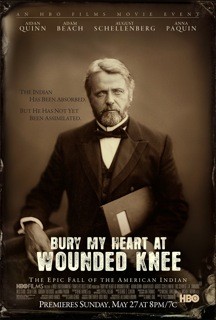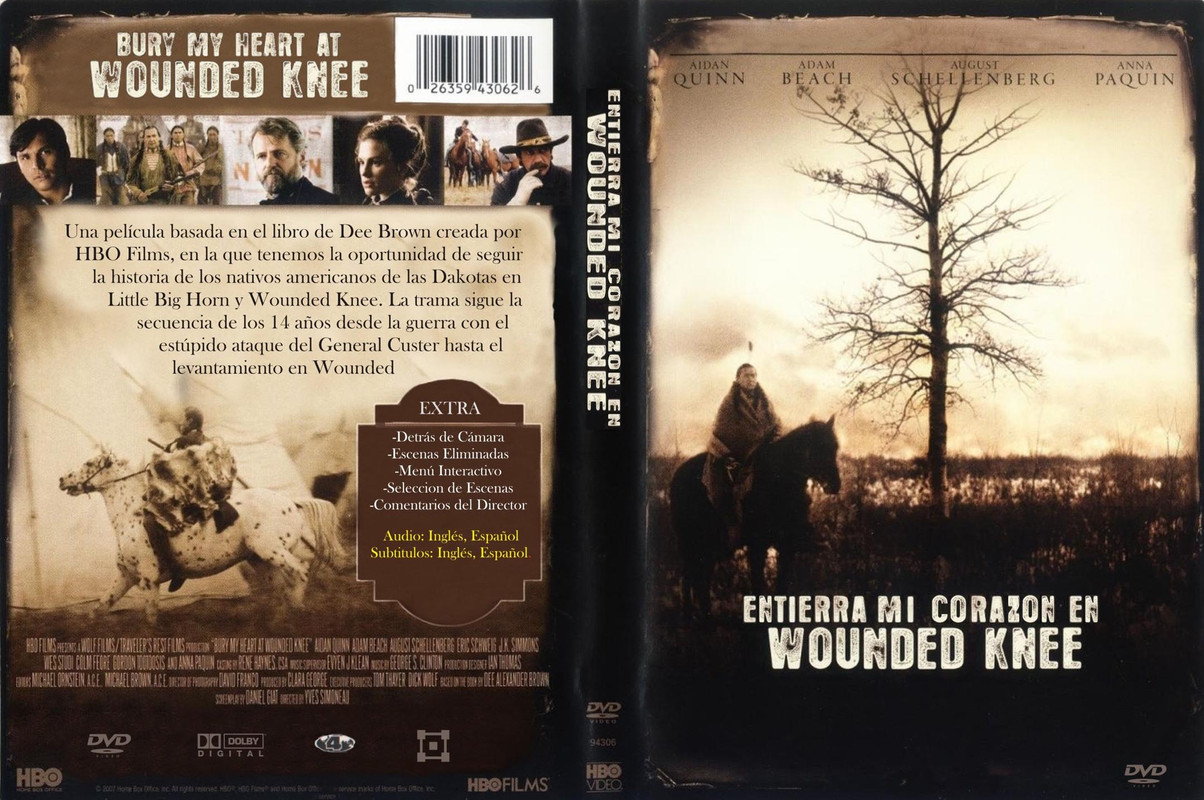
Each warrior then stepped into a white tepee, making a holy sign over the bleached skull of a buffalo head.”

As each warrior passed by, he blessed him and painted a slash or a circle of red powder under the left eye. “A Sioux spiritual leader named Leonard Crow Dog struck up a chant in the Lakota language. “The warriors, perhaps 150 of them, seemed perfectly willing to die,” Huff observed. TIME correspondent Ken Huff spent a night inside the Native Americans’ encampment. Thus a drama began to unwind at Wounded Knee deep in an area where there is open tension between mostly impoverished Indians and whites.” It was overrun one night last week by roughly 200 armed members of the American Indian Movement (AIM), a militant group best known for its week-long occupation of the Bureau of Indian Affairs in Washington last November.

40) is the site of the infamous massacre of some 300 old men, women and children of the Sioux nation by the U.S. TIME described the historical significance of the ongoing standoff in the March 12 issue: “The tiny junction settlement (pop. 29, 1890.The occupation drew attention to the issue of indigenous rights in an unprecedented way. This hope is obliterated after the assassination of Sitting Bull and the massacre of hundreds of Indian men, women and children by the 7th Cavalry at Wounded Knee Creek on Dec.

Hope rises for the Indians in the form of the prophet Wovoka and the Ghost Dance - a messianic movement that promises an end of their suffering under the white man. While Eastman and patrician schoolteacher Elaine Goodale work to improve life for the Indians on the reservation, Senator Dawes lobbies President Grant for more humane treatment, opposing the bellicose stance of General William Tecumseh Sherman. government policies designed to strip his people of their identity, their dignity and their sacred land - the gold-laden Black Hills of the Dakotas and Senator Henry Dawes, who was one of the architects of the government policy on Indian affairs. Beginning just after the bloody Sioux victory over General Custer at Little Big Horn, Bury My Heart at Wounded Knee intertwines the perspectives of three characters: Charles Eastman, né Ohiyesa, a young, Dartmouth-educated, Sioux doctor held up as living proof of the alleged success of assimilation Sitting Bull, the proud Lakota chief who refuses to submit to U.S.


 0 kommentar(er)
0 kommentar(er)
